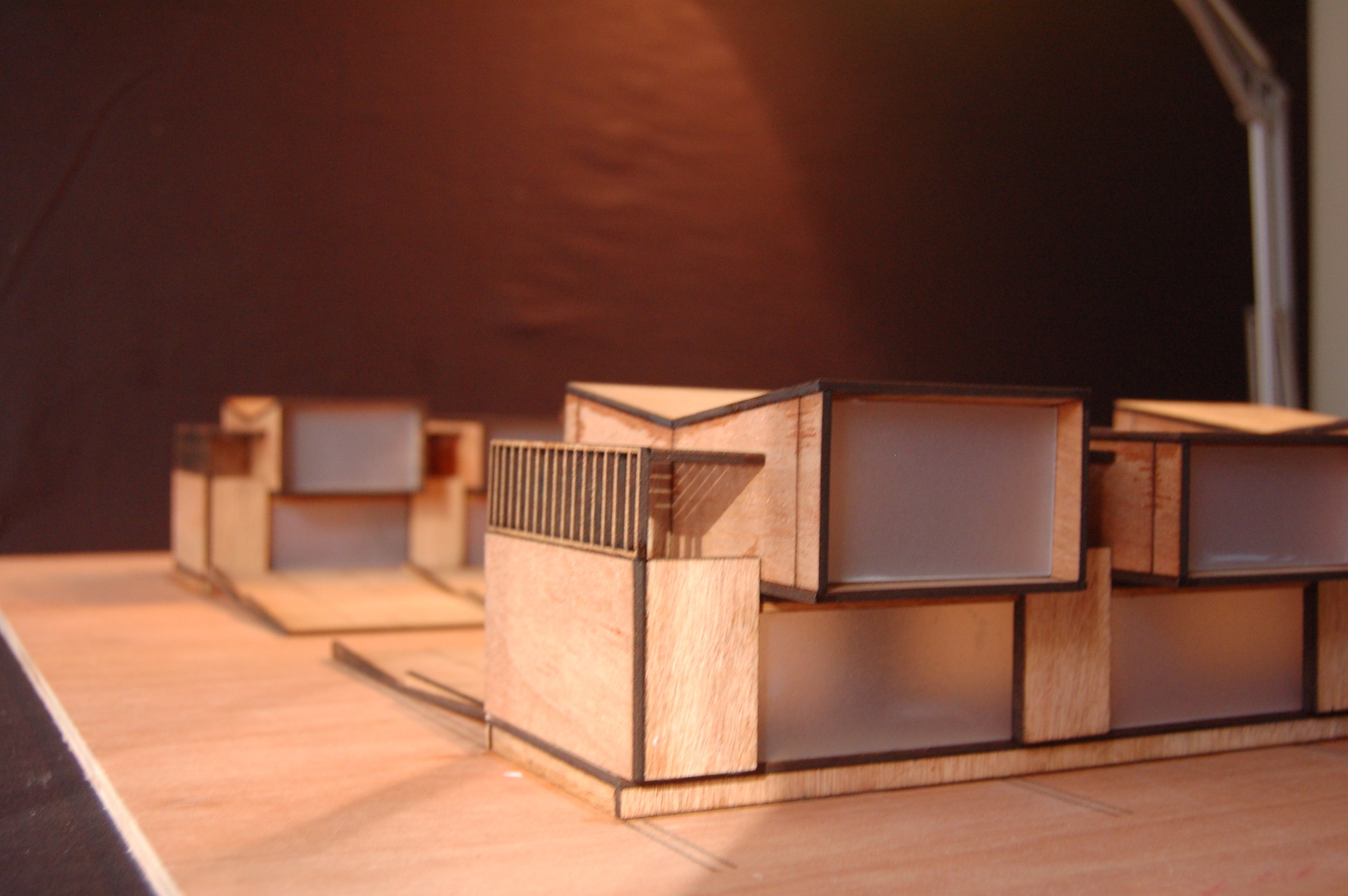Concept Model
Concept models serve as an essential tool for understanding and developing design ideas. They provide a tangible representation of abstract concepts, allowing designers to visualize the spatial relationships, proportions, and overall aesthetics of a project. By translating initial ideas into physical forms, these models facilitate a more comprehensive exploration of design possibilities.
Moreover, concept models enhance client presentations. They enable clients to engage with the design on a three-dimensional level, fostering clearer communication and understanding. Clients can better grasp the envisioned space, observing scale, materials, and finishes in a way that digital images or drawings often struggle to convey. This clarity instills confidence in the design process and promotes constructive dialogue, ensuring that both designers and clients are aligned in their vision.
In summary, concept models are not just preliminary tools; they are integral components of the design process that deliver clarity and refinement. Their role in client presentations is particularly significant, transforming abstract ideas into concrete visions that resonate with stakeholders. By effectively presenting ideas through concept models, architects can elevate the design conversation and facilitate informed decision-making from inception to realization.





